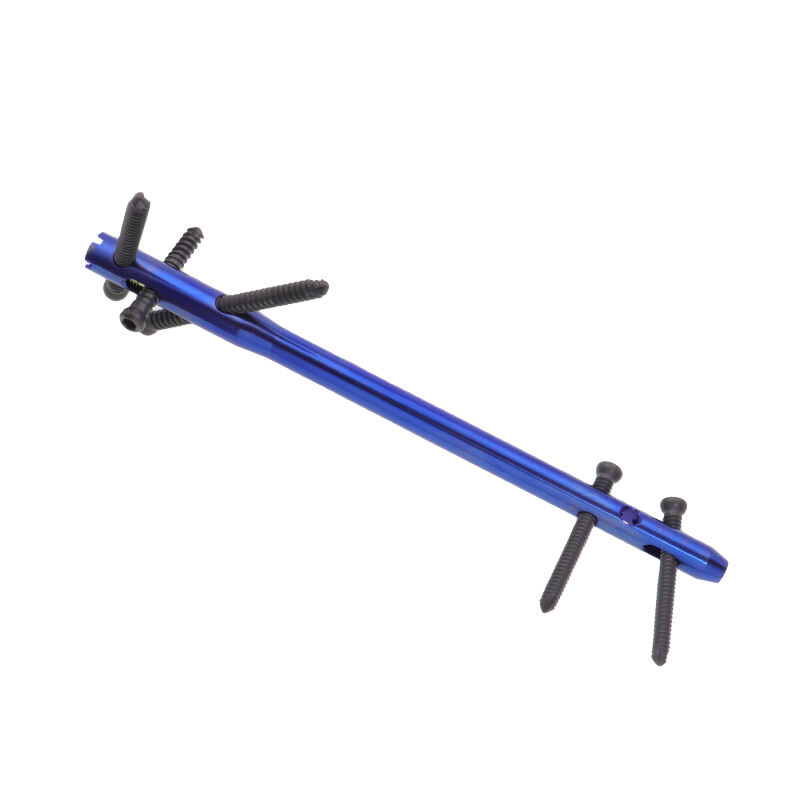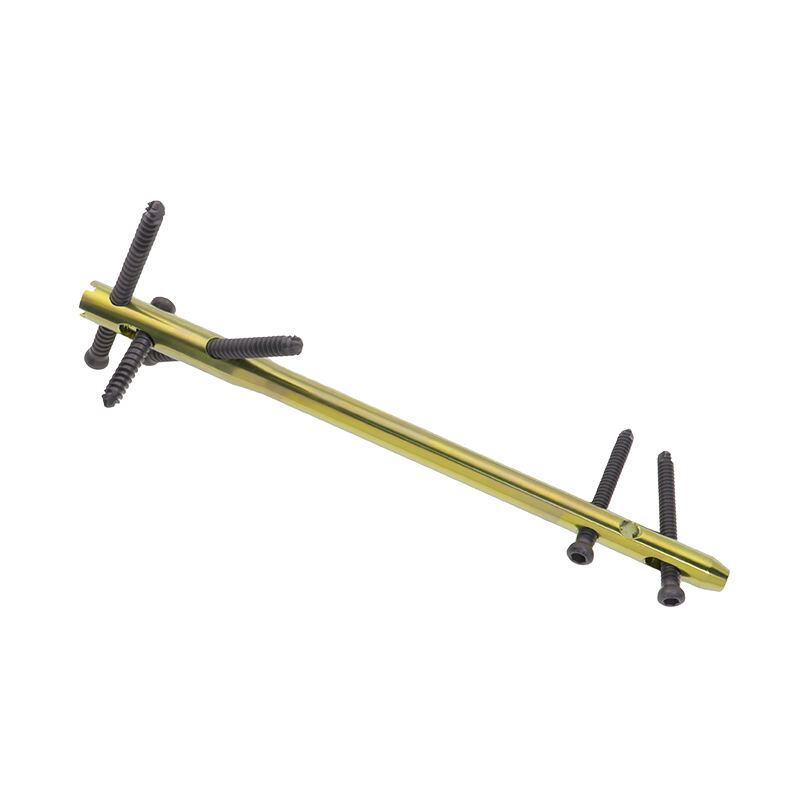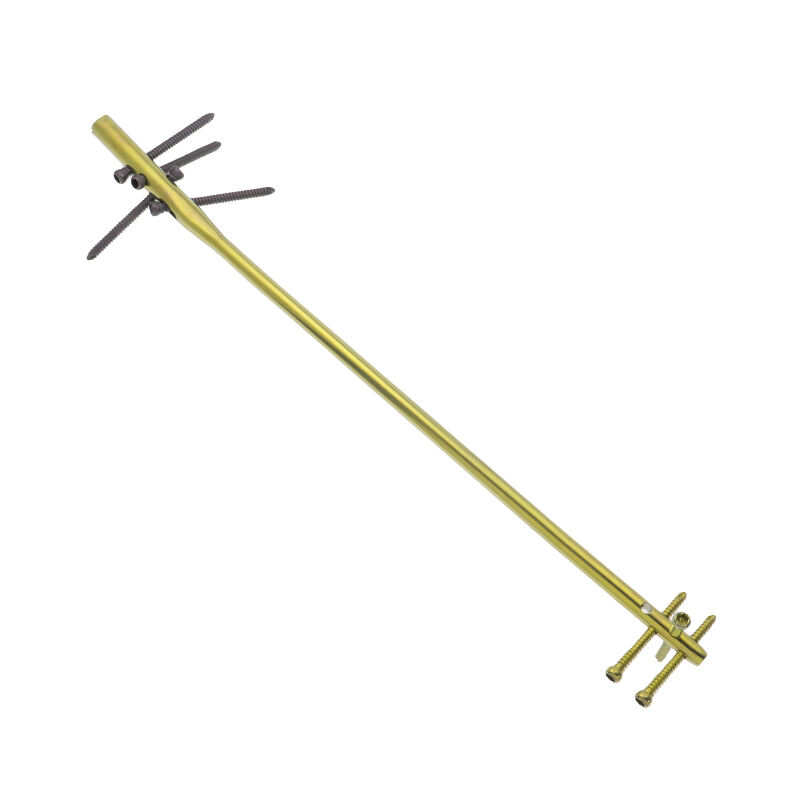locking nails
Locking nails represent a breakthrough in orthopedic fixation technology, serving as essential implants in trauma surgery and bone fracture treatment. These specialized medical devices are designed to provide internal support and stabilization for fractured bones, particularly in long bones such as the femur, tibia, and humerus. The unique design incorporates transverse locking screws at both proximal and distal ends, creating a stable construct that prevents rotation and maintains proper bone alignment during the healing process. Advanced manufacturing techniques ensure these implants are crafted from biocompatible materials, typically medical-grade stainless steel or titanium alloys, offering excellent strength-to-weight ratios and corrosion resistance. The innovative interlocking mechanism allows for both static and dynamic locking options, accommodating various fracture patterns and patient needs. Modern locking nails feature anatomically contoured designs and multiple locking options, enabling surgeons to achieve optimal fracture reduction and stability. The implementation of these devices has revolutionized fracture management by promoting early mobilization and reducing complications associated with prolonged immobilization.


